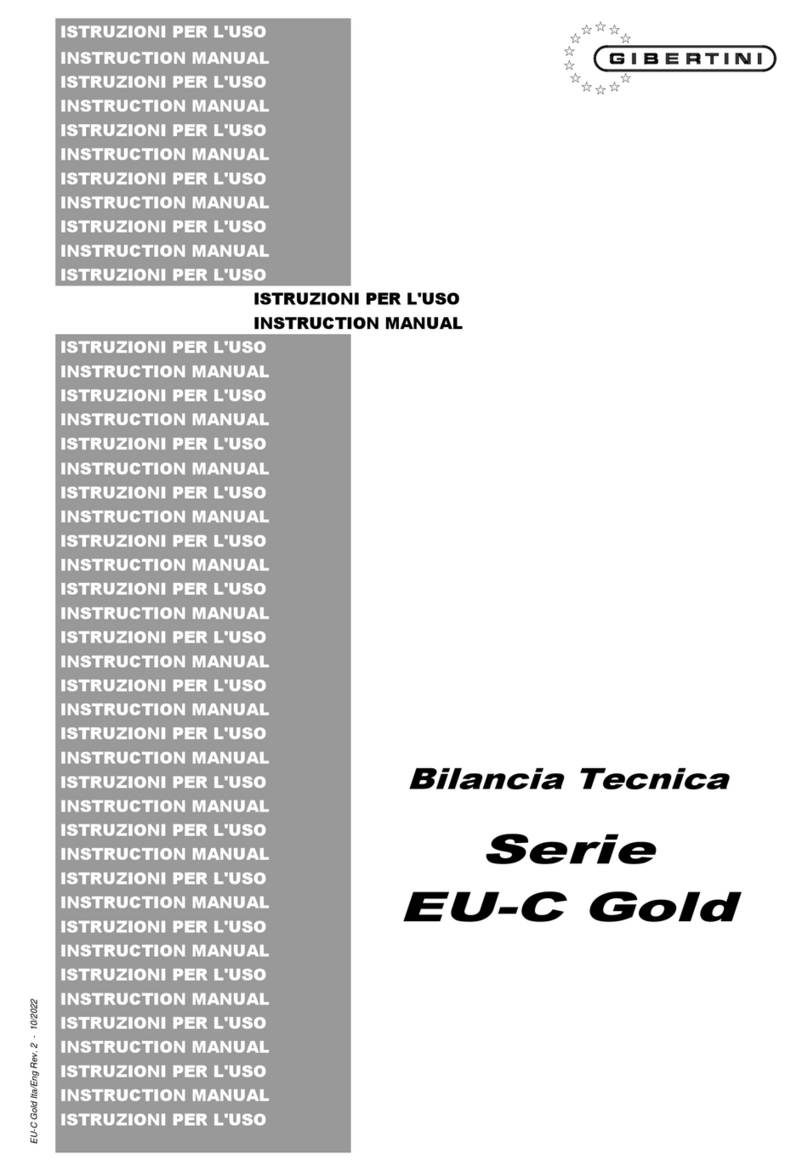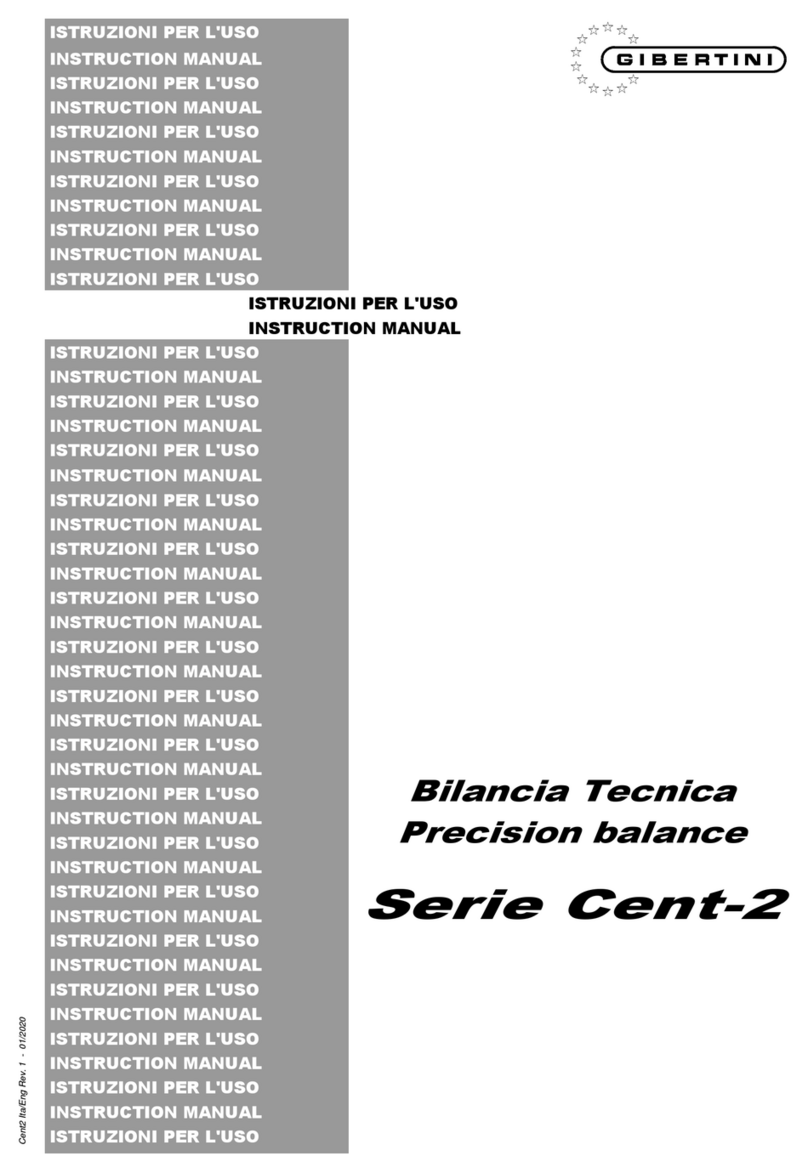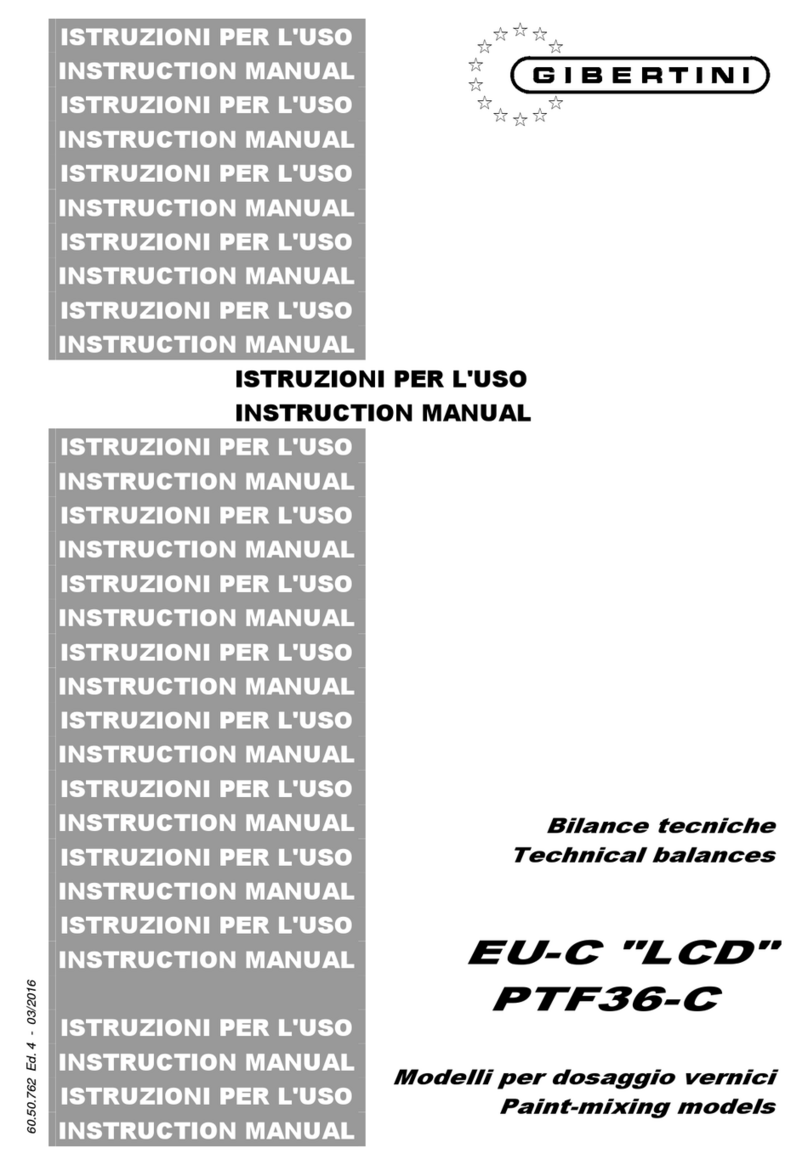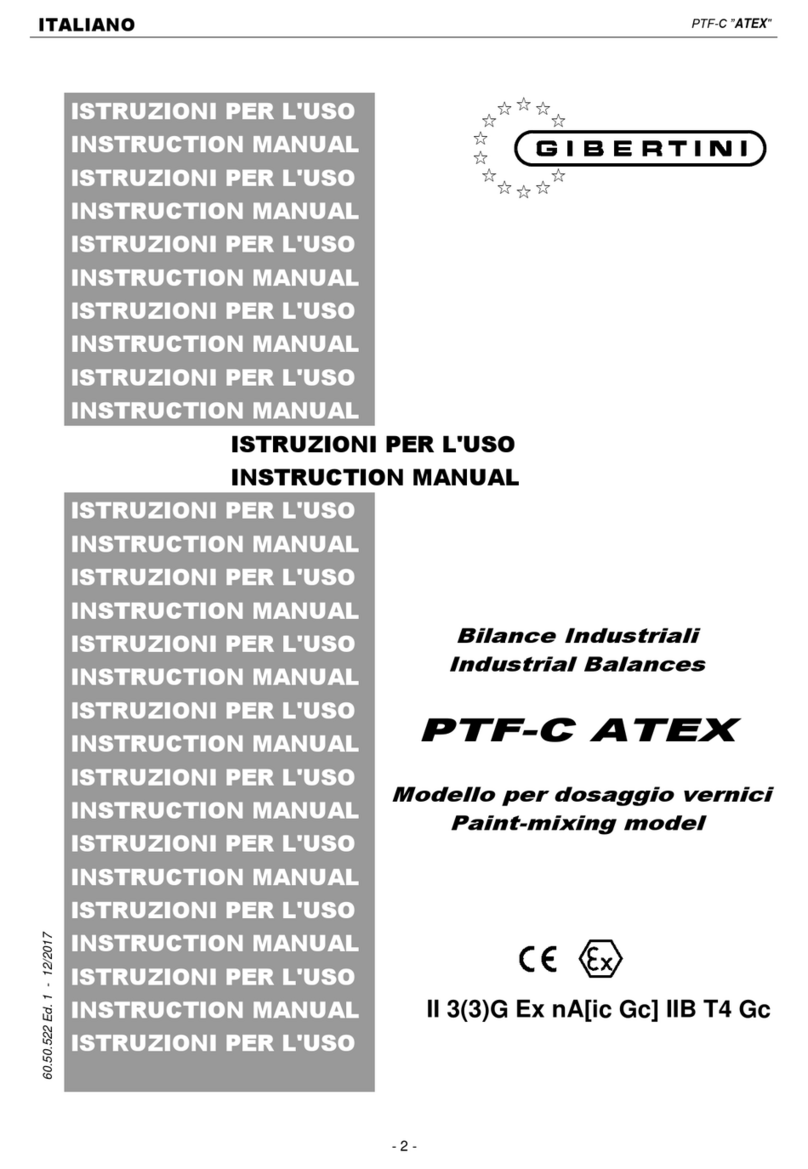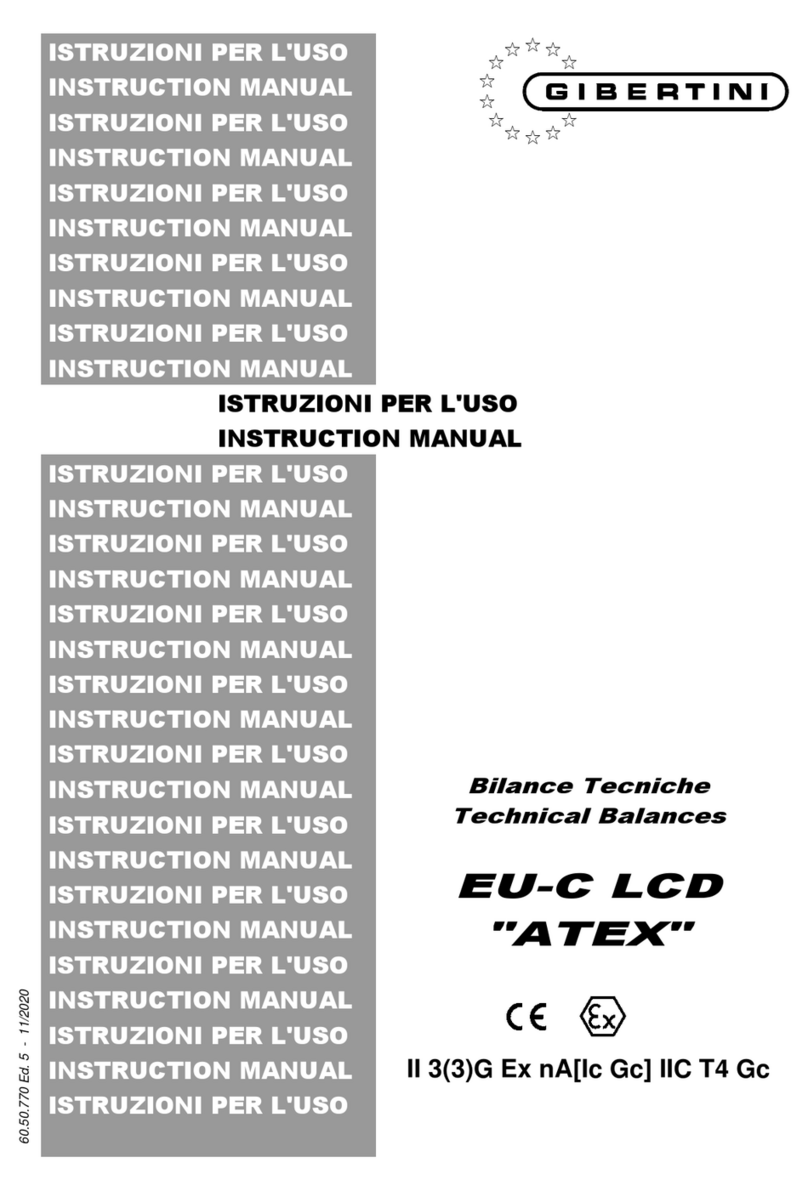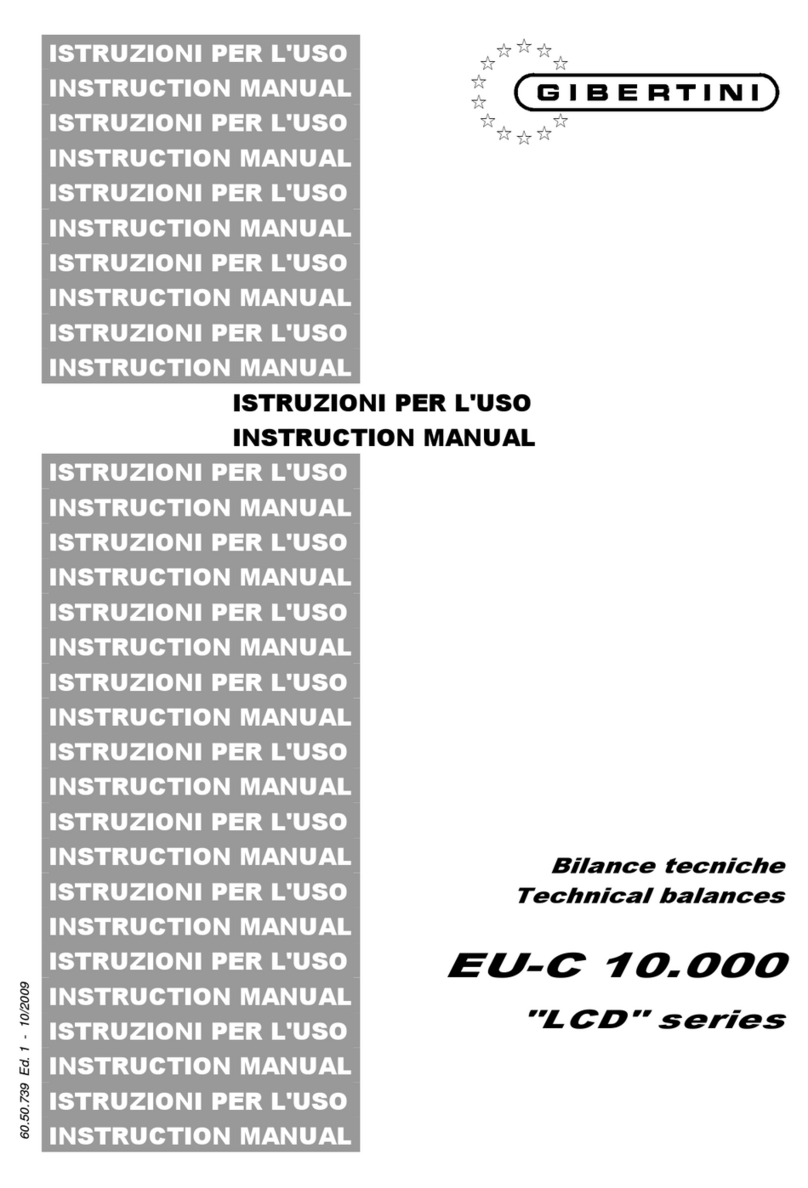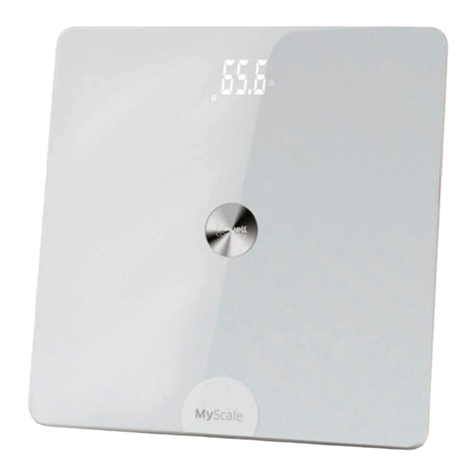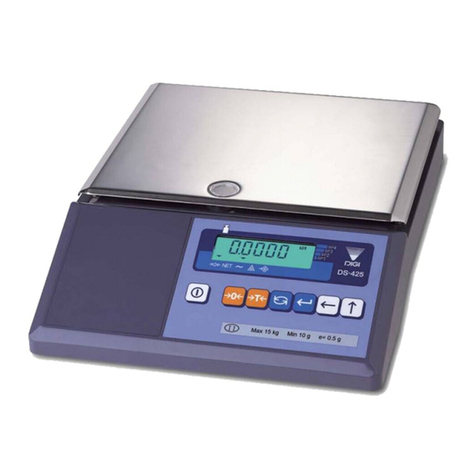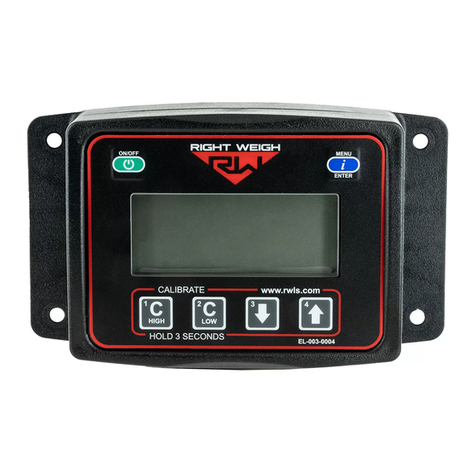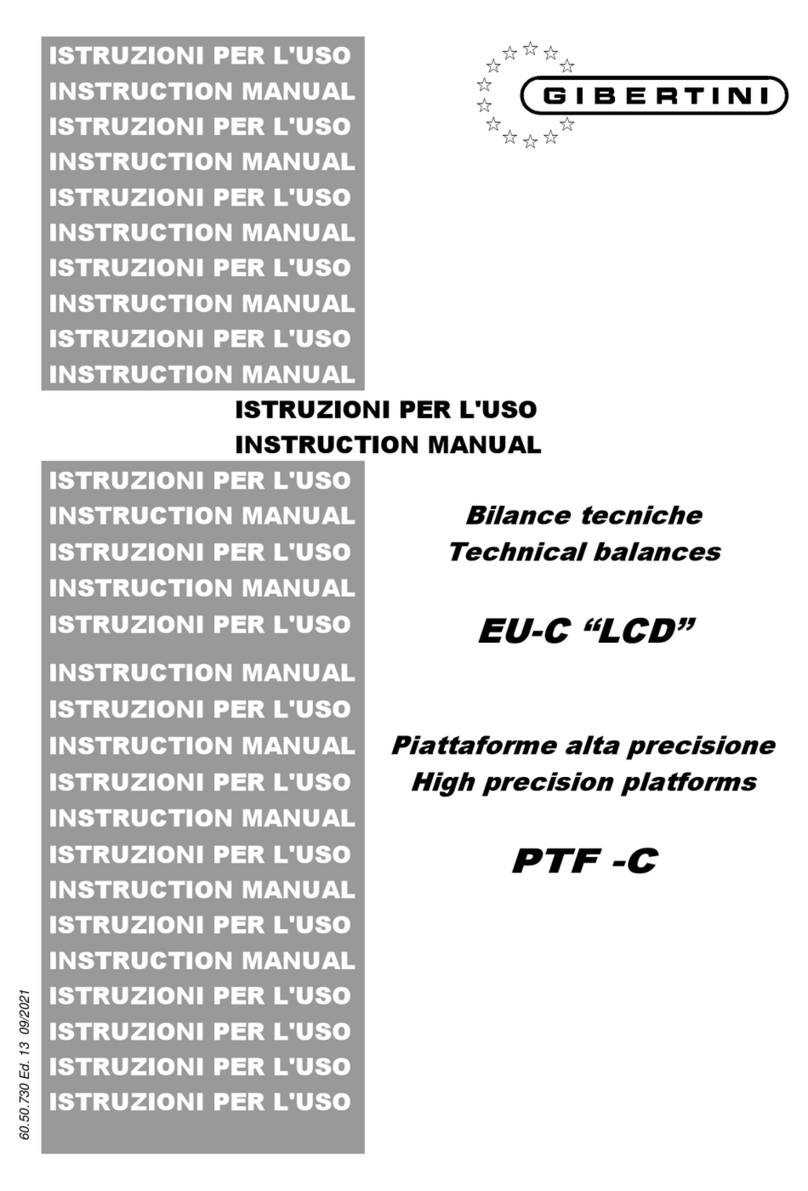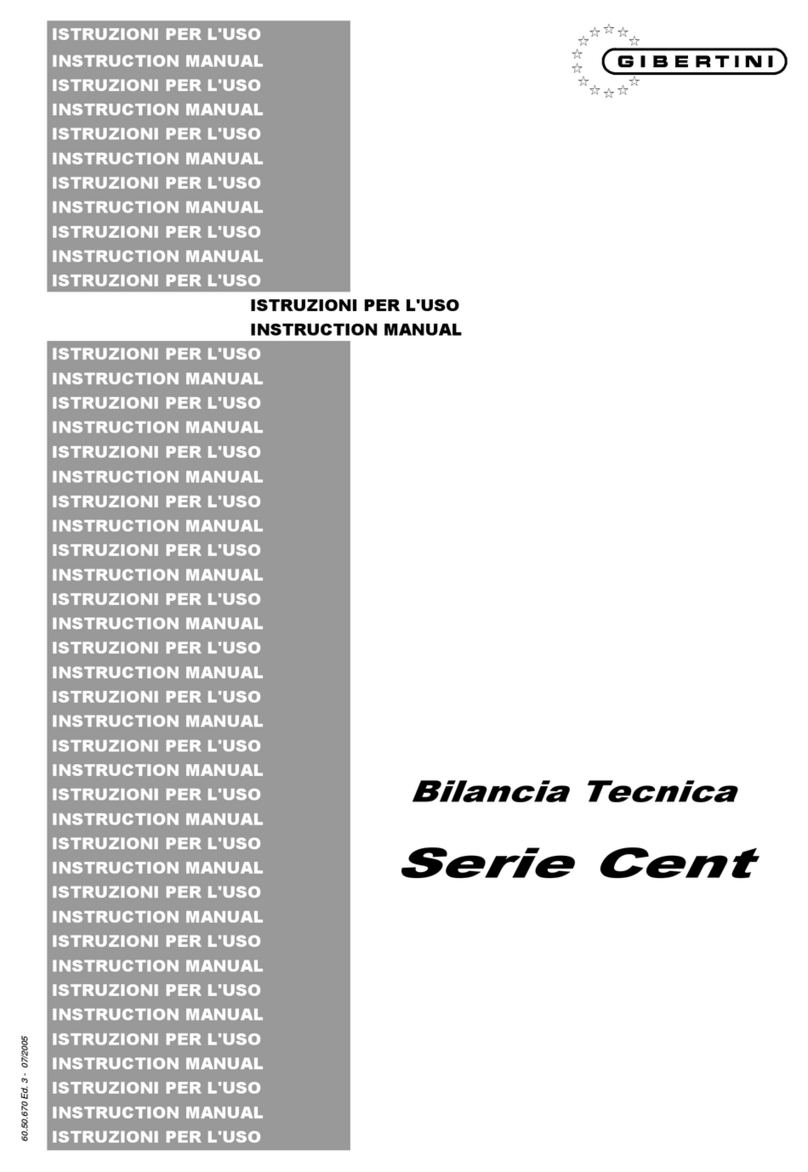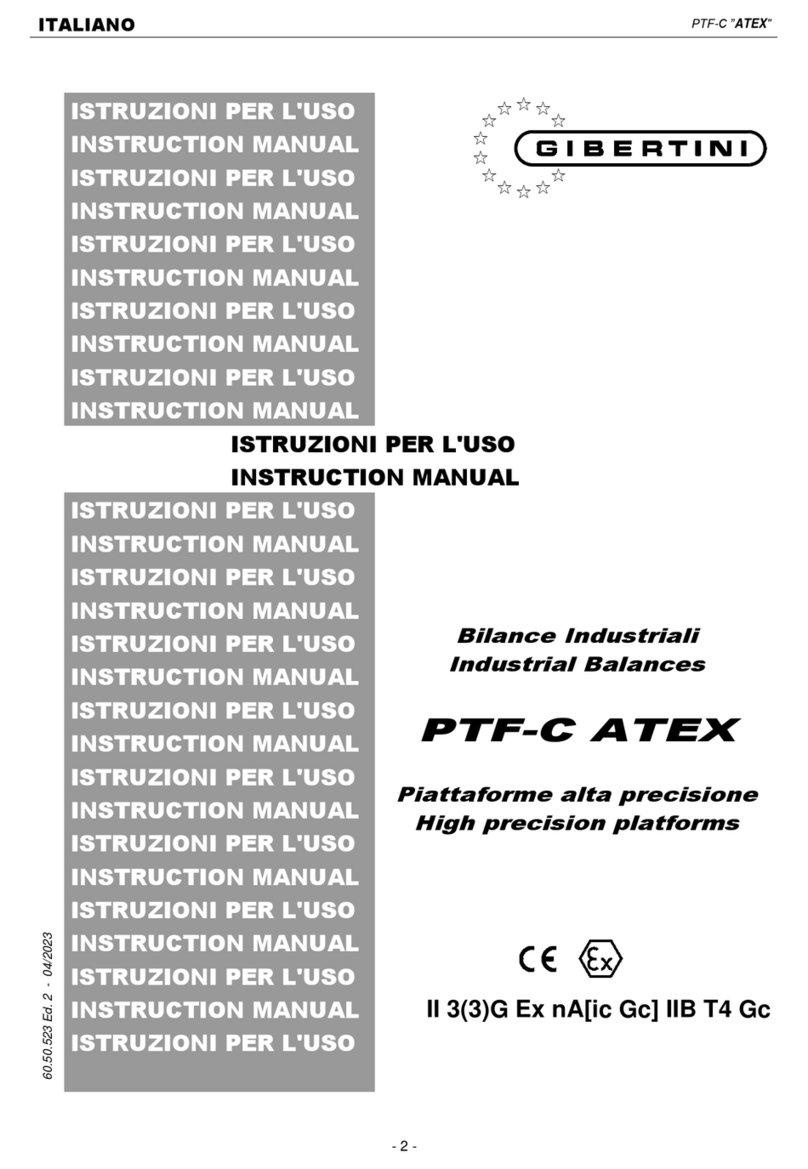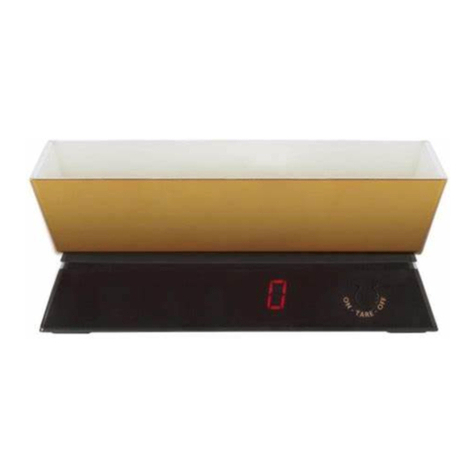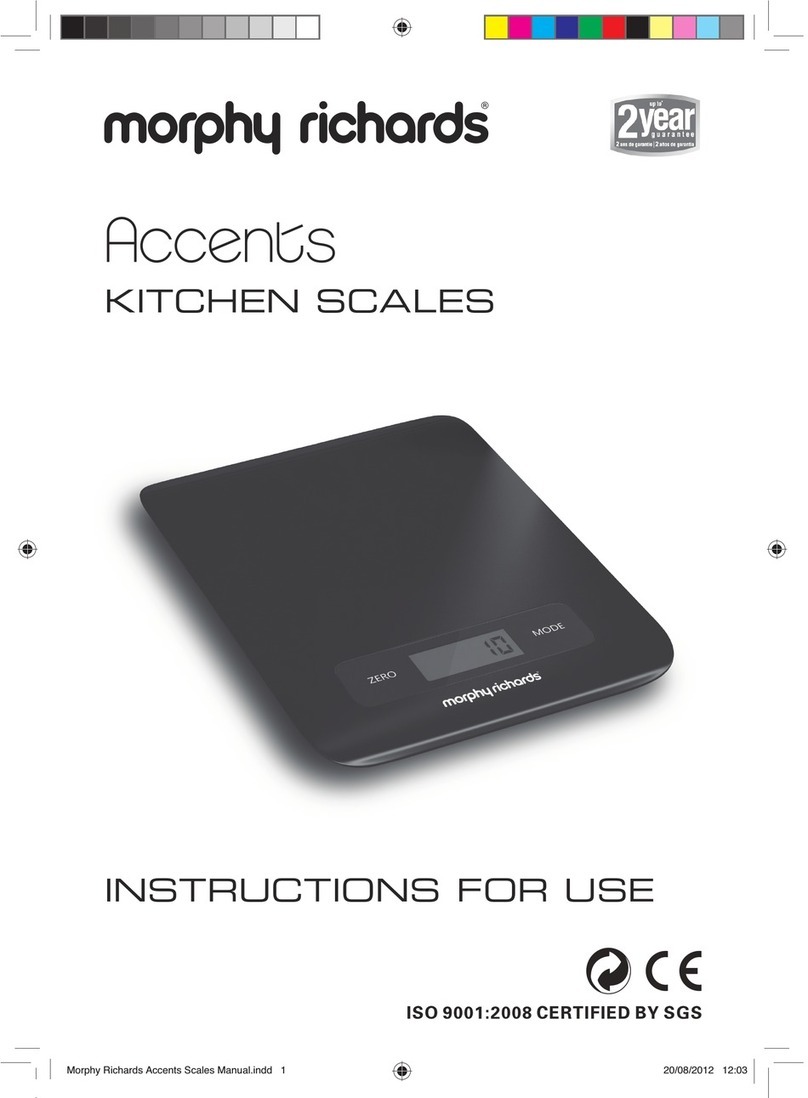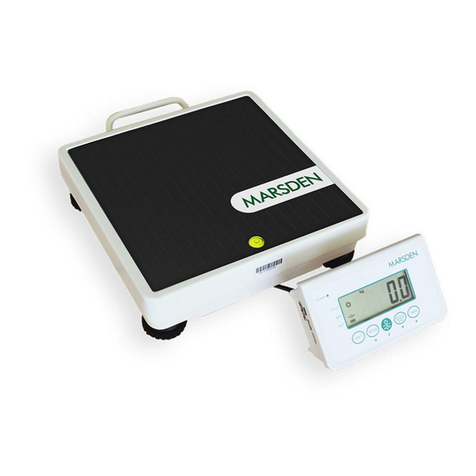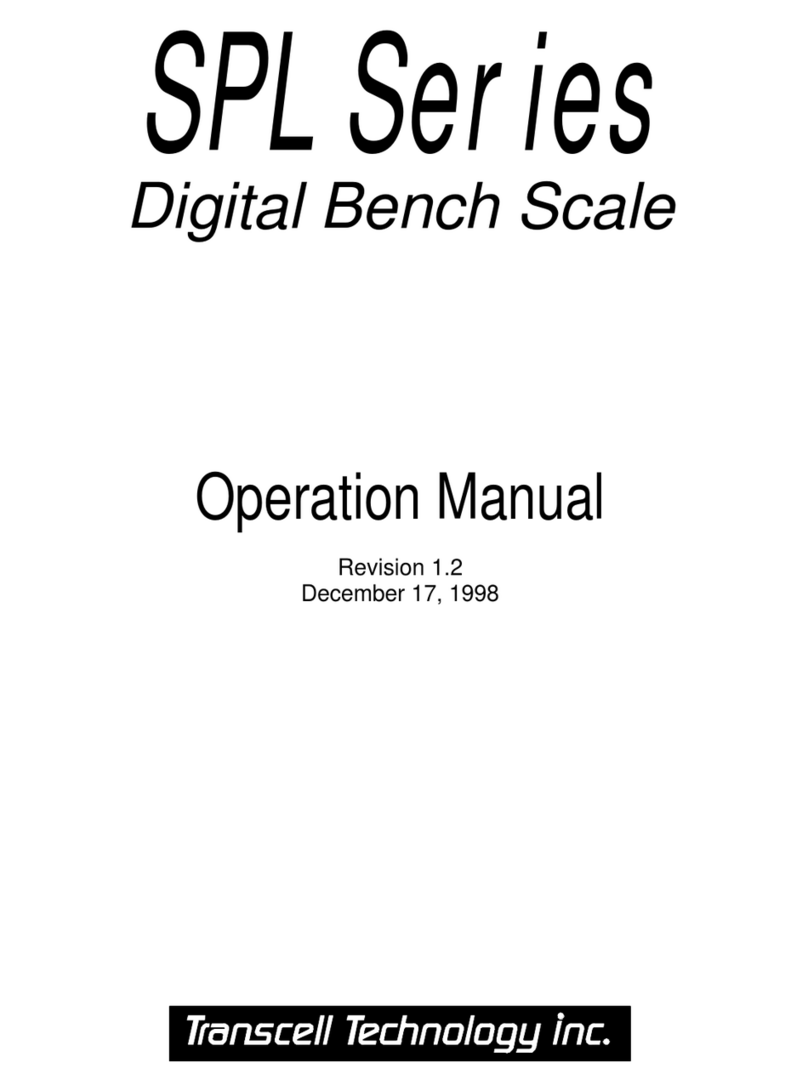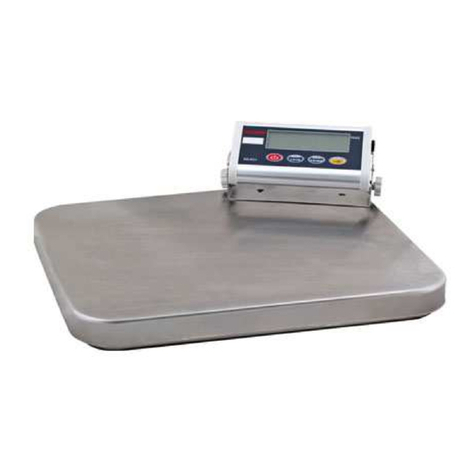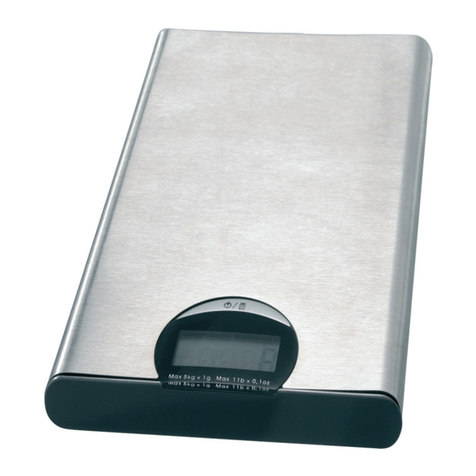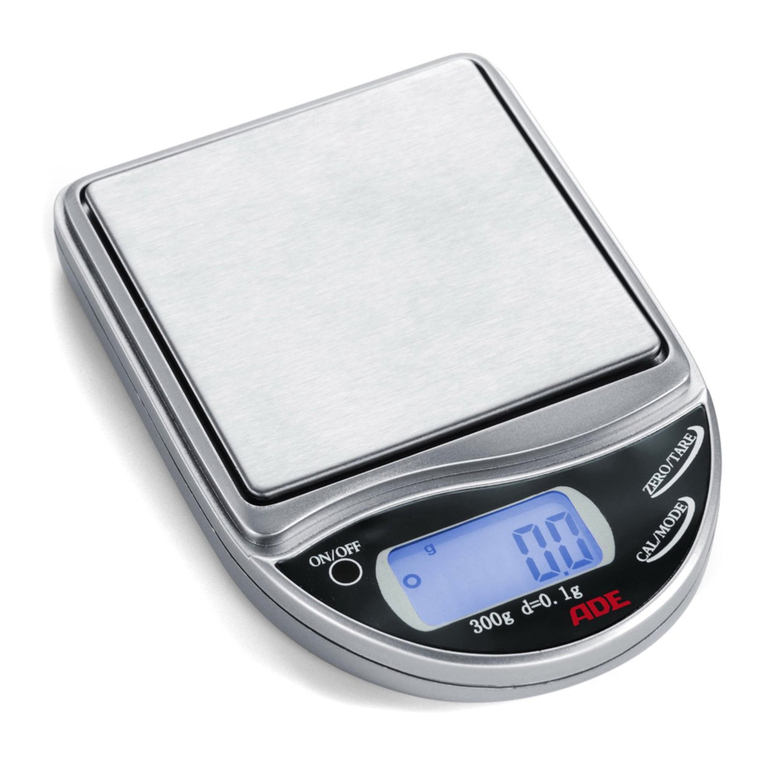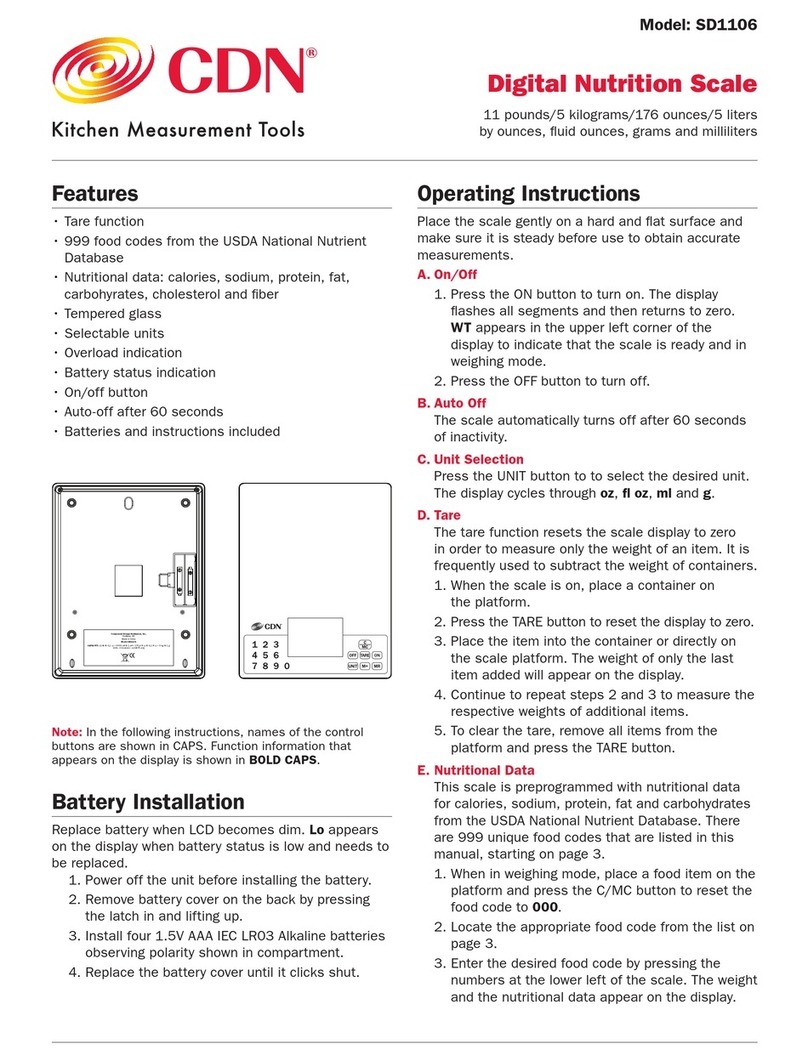
Semi-micro balance Mod. E50S/3
Page 1 of 38
INDEX
INDEX ................................................................................................................................................................ 1
IMPORTANT WARNINGS ................................................................................................................................ 2
1 Control panel and visualisation .................................................................................................................. 3
2 Below-balance weighing .............................................................................................................................. 4
3 Introduction ................................................................................................................................................... 5
3.1 Useful tips on the Operating Instructions ................................................................................................. 5
3.2 Warranty card ........................................................................................................................................... 5
3.3 Conformity ................................................................................................................................................ 5
4 Safety ............................................................................................................................................................. 6
4.1 Representations and symbols .................................................................................................................. 6
4.2 Safety recommendations ......................................................................................................................... 6
5 Set up ............................................................................................................................................................. 7
5.1 Unpacking the balance ............................................................................................................................ 7
5.2 Transport and shipping ............................................................................................................................ 7
5.3 Storage ..................................................................................................................................................... 7
5.4 Choosing a suitable location .................................................................................................................... 8
5.5 Connecting the balance to the mains....................................................................................................... 8
5.6 Levelling ................................................................................................................................................... 8
5.7 Calibration of the balance ........................................................................................................................ 8
5.8 Dual Range .............................................................................................................................................. 9
5.9 Standardized balance .............................................................................................................................. 9
5.10 Switching on the balance ....................................................................................................................... 9
5.11 Auto-Standby Mode ............................................................................................................................... 9
6 Operation ..................................................................................................................................................... 10
6.1 Menu control operation principle ............................................................................................................ 10
6.2 Setting the factory configuration ............................................................................................................ 11
6.3 Device configuration............................................................................................................................... 11
6.4 Special operating keys ........................................................................................................................... 17
6.5 Application menu .................................................................................................................................... 18
7 Application .................................................................................................................................................. 20
7.1 Units ....................................................................................................................................................... 20
7.2 Count ...................................................................................................................................................... 20
7.3 Percent ................................................................................................................................................... 21
7.4 Calculator ............................................................................................................................................... 21
7.5 Paper ...................................................................................................................................................... 22
7.6 Net-Total ................................................................................................................................................ 22
7.7 Sum ........................................................................................................................................................ 23
7.8 Animal .................................................................................................................................................... 24
8 Statistics ...................................................................................................................................................... 25
9 Check-Weighing .......................................................................................................................................... 27
10 User profiles (MUM, Multiuser Memory) ................................................................................................. 28
10.1 Activating a user ................................................................................................................................... 28
10.2 Creating a new user profile .................................................................................................................. 28
10.3 Changing the password and password protection ............................................................................... 29
10.4 Clearing a user ..................................................................................................................................... 29
10.5 Setting the user .................................................................................................................................... 29
11 Data transfer .............................................................................................................................................. 30
11.1 Connection scheme ............................................................................................................................. 30
11.2 Remote control-commands .................................................................................................................. 31
12 Service ....................................................................................................................................................... 32
12.1 Maintenance and servicing .................................................................................................................. 32
12.2 Error messages .................................................................................................................................... 32
12.3 Calibration ............................................................................................................................................ 33
12.4 Automatic Repeatability Test (ART) ..................................................................................................... 35
13 Menu trees ................................................................................................................................................. 36
13.1 Configuration menu tree ...................................................................................................................... 36
13.2 Application menu tree .......................................................................................................................... 38






















